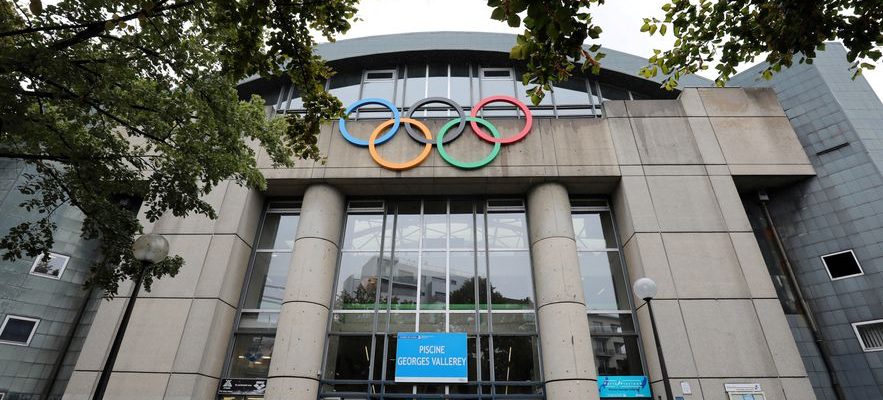For the third time, the French capital is preparing to host the Olympic Games next summer. But unlike previous Parisian editions, most of the sites are already built. Only the aquatic center in Seine-Saint-Denis, the Olympic village and the Arena Porte de la Chapelle were built for the occasion. With, at the heart of the reflection, the future of these infrastructures. The opportunity to wonder what has become of the sites used during the last Paris Olympics… A century ago.
In 1924, Pierre de Coubertin organized his last Olympic Games. “He asked for a favor for the thirty years of the creation of the Olympic Committee: that they take place in Paris, where it all began”, says Eric Monnin, vice-president of the University of Franche-Comté and director of the Cerou (Center for University Olympic Studies and Research). Coubertin’s watchword: construction! “We are at the time of the institutionalization and the rise of sport”, specifies the historian.
The two major facilities used in 1924 still exist: the Tourelles swimming pool – built for the Olympics and now the George Vallerey swimming pool – and the Yves-du-Manoir stadium. Located in Colombes, the latter was originally a racecourse but was increasingly used for rugby from the 1920s. For the 1924 Olympics, it hosted the opening and closing ceremonies, as well as the competitions. riding, football and gymnastics.
The beginning of the golden age for the enclosure, notably the scene of the final of the Football World Cup in 1938. But the reconstruction of the Parc des Princes at the end of the 1960s dealt it a severe blow. Several stands were destroyed in 1993 because they no longer met standards. It then became the lair of Racing 92, a Top 14 club, before it moved to Nanterre, at the Arena, in 2017.
The centenary celebrated in Colombes
Expanded and renovated several times, the Yves-du-Manoir stadium will mainly be the site of field hockey events in a year’s time. “The city of Colombes is the one that will fully experience the centenary, in the sense that we are the only municipality to host Olympic events in 2024 in equipment that already existed in 1924”, specifies Fatoumata Sow, first deputy to the town hall of Doves in charge of the Olympics. On this occasion, “the ancillary land, the enclosure have been renovated. A 2km cycle path is being created.”
The Tourelles swimming pool, now called the George Vallerey swimming pool, was used during the 1924 Olympic Games.
© / AFP
Other 1924 Olympic sites continue to exist. Eric Monnin thinks of one place in particular: “We often forget the Basque pelota fronton, from Paris to Boulogne. More than 4,000 people attended the matches in July 1924.” Even if this sport will no longer be represented at the Olympic Games thereafter, the pediment still exists and has been renamed “Chiquito de Cambo pediment”, in honor of one of the French champions. It is now used as a training ground for some clubs. This is also the case of the Argenteuil and Mureaux basins, which respectively hosted the rowing and sailing events. “Even if these places are no longer international in scope, they are now often classified as Games Preparation Centers“, adds Eric Monnin.
As for the 1924 Olympic village – the very first in history – it was completely destroyed. Also located in Colombes, it had only about sixty wooden houses, with running water, a post office, a restaurant and shared toilets. But it is obviously the Vélodrome d’hiver which suffered the worst fate. Used for fencing, weightlifting and boxing in 1924, it was previously used for cycling competitions. During the Second World War, he became the site of the roundup that bears his name. The building was destroyed in 1959.
Today, the watchword is no longer construction – and it is no longer a question of destroying what has been built – but “heritage”. This is what the town hall of Colombes wishes to set up: “The Yves-du-Manoir stadium will now be able to host international field hockey competitions, the French federation will set up its premises there after the Games”, insists Fatoumata Sow. “Beyond the Olympics, the work on the stadium will have made it possible to renovate the other grounds, those of football, and to relaunch discussions with Racing 92, which wishes to return to Colombes to play matches there.” There is no question of letting the spirit of the Olympics die after 2024.
